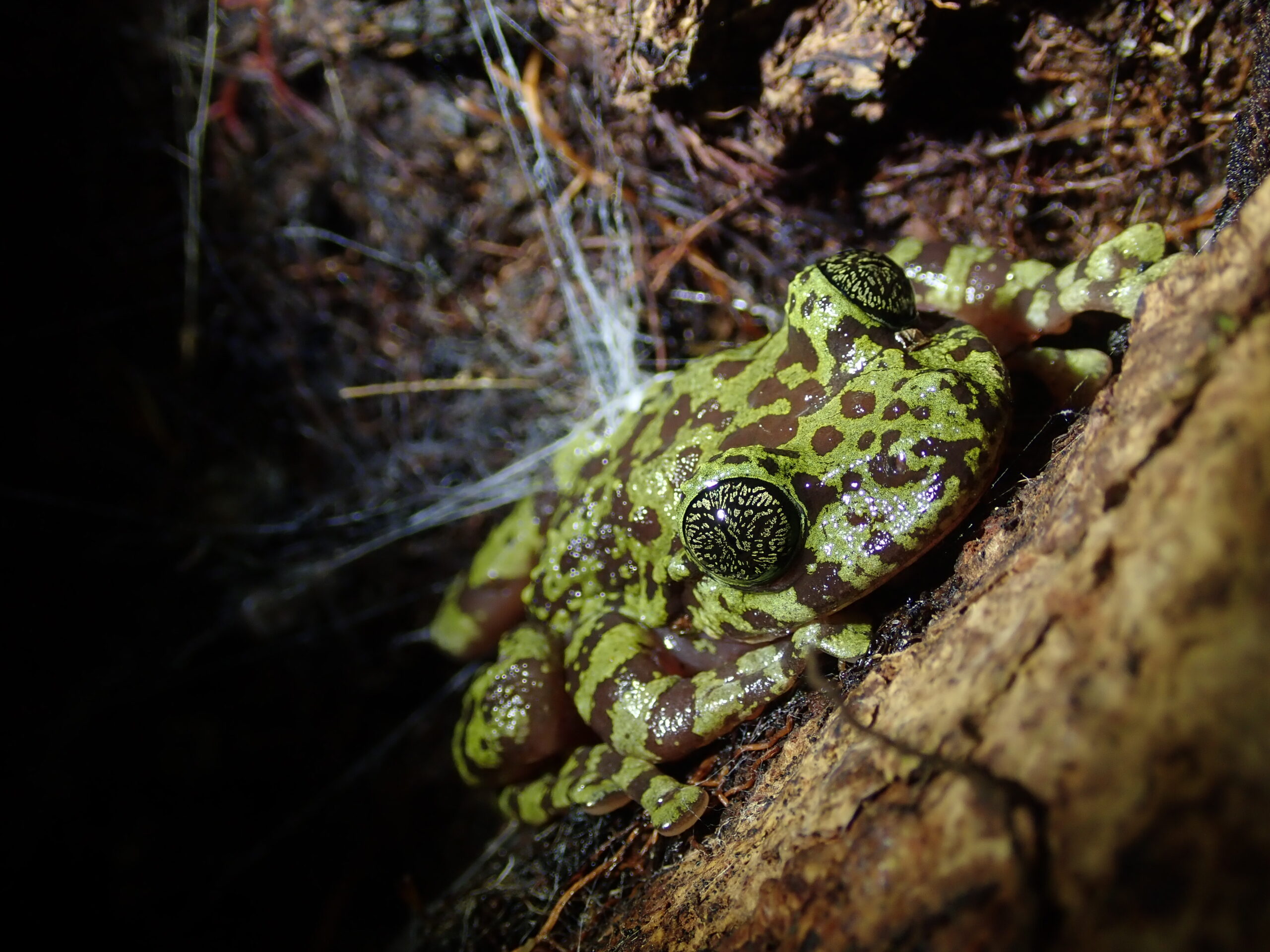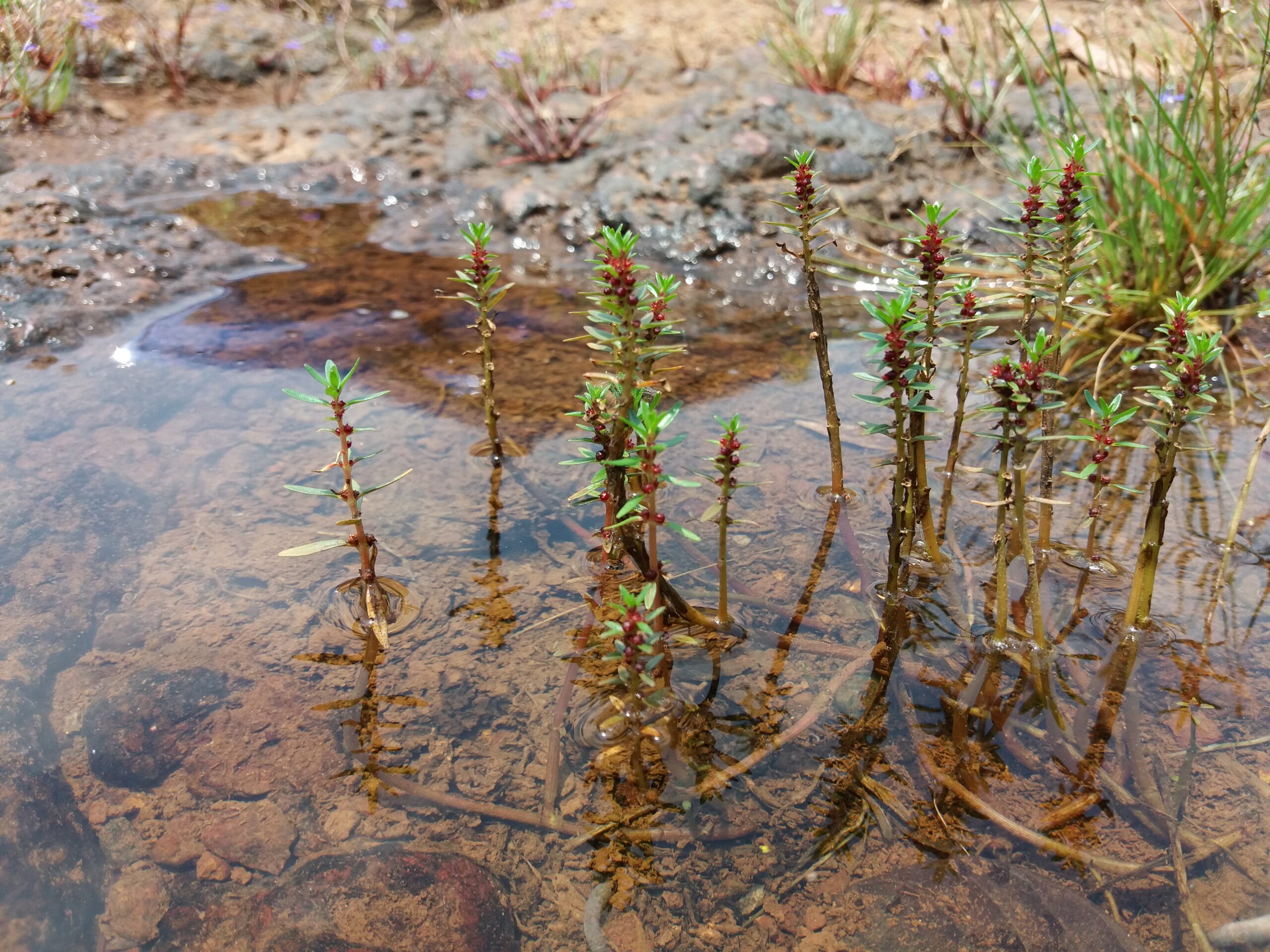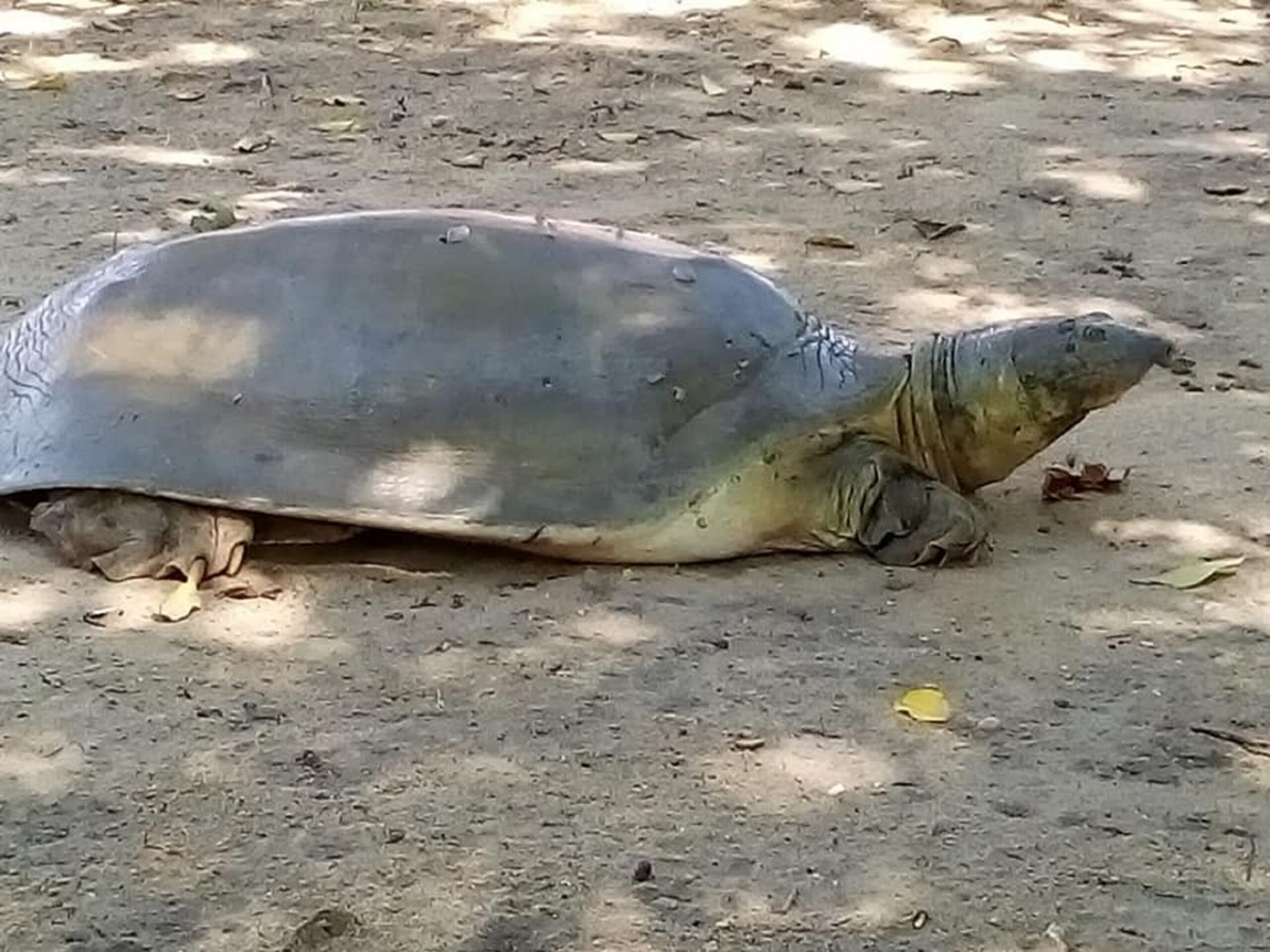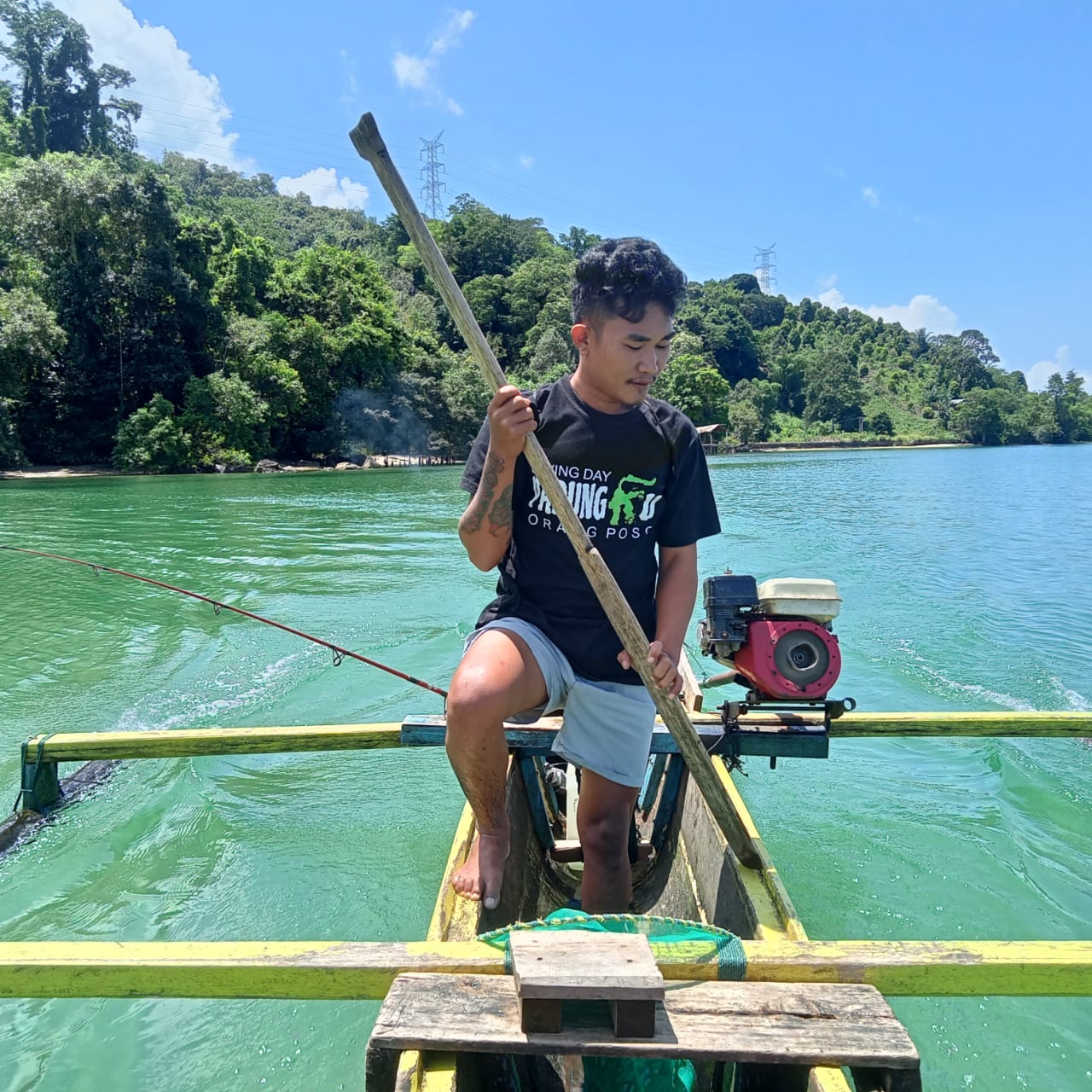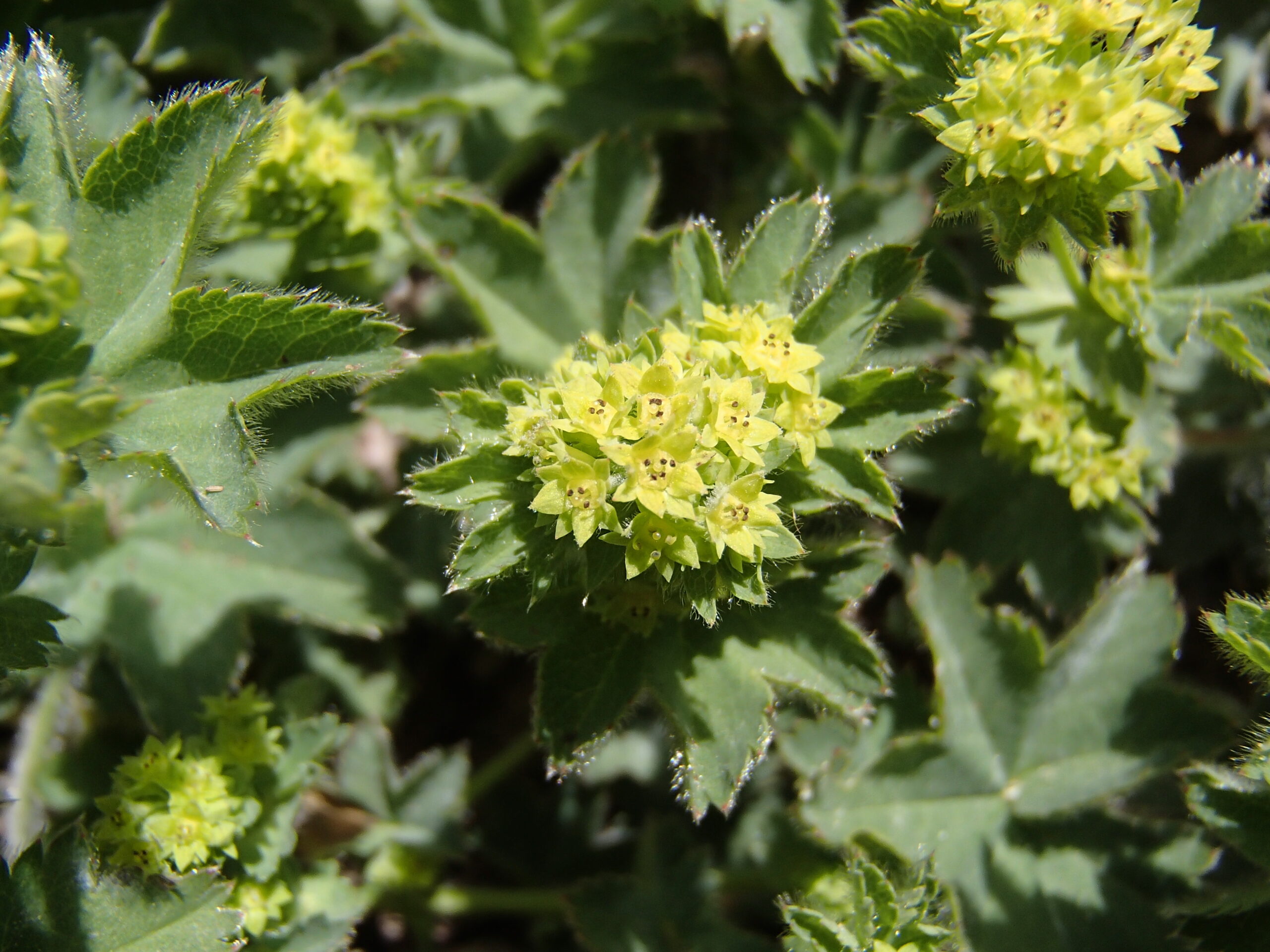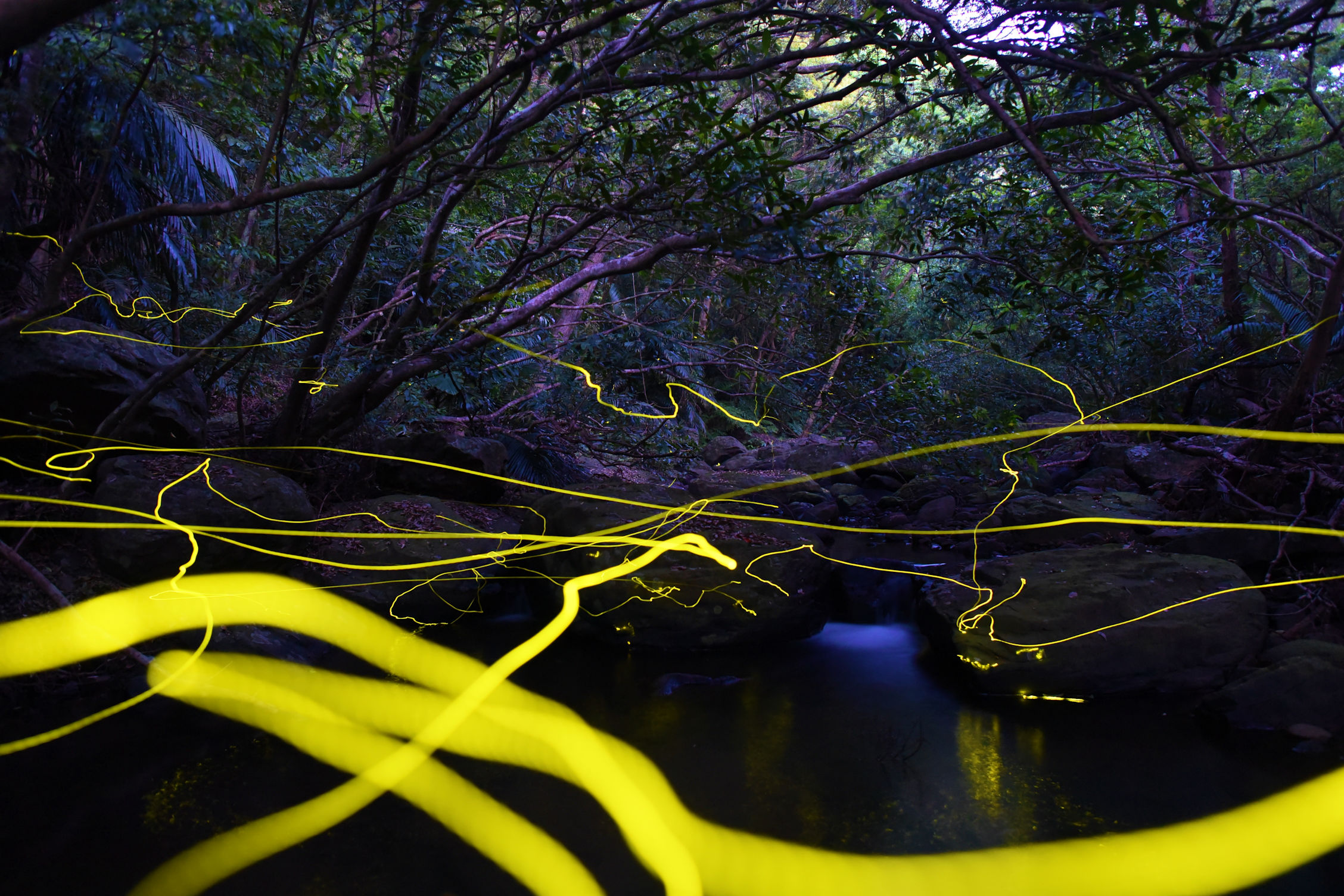Happy Halloween, let’s talk about the Table Mountain ghost frog
Ghosts in Skeleton Gorge? Sounds like the makings of a spine-chilling Halloween horror! But these ghosts aren’t see-through. They don’t float or say “boo!”. They don’t have unfinished business and they certainly don’t need busting. These are ghost frogs!
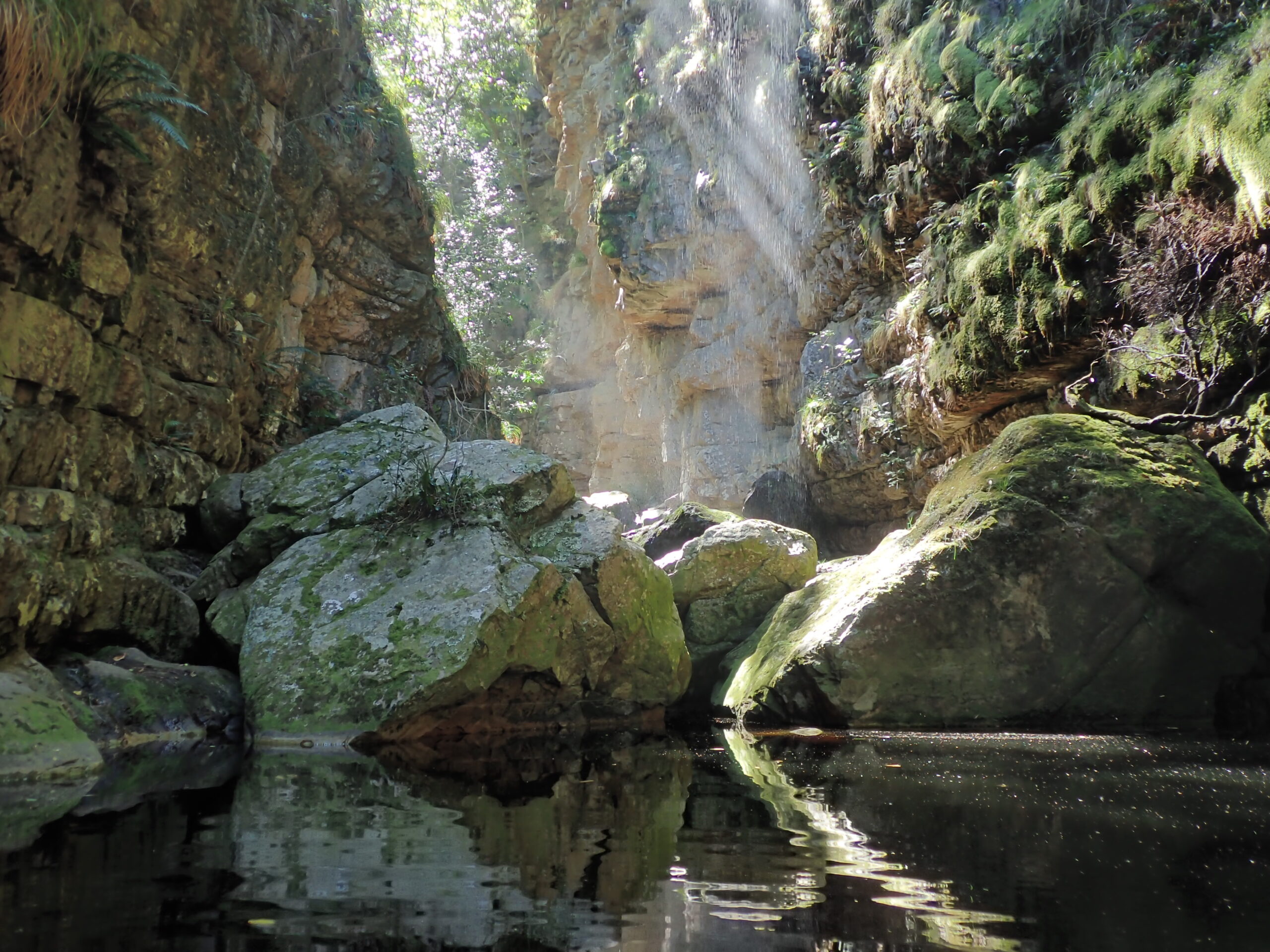
Meet the Table Mountain ghost frog
There are a few theories on how the Table Mountain ghost frog, also known as Rose’s ghost frog, got its name. Some attribute it to the equally spooky-sounding Skeleton Gorge, a steep and treacherous Table Mountain ravine where the species was first found. Others say it refers to the fact that the frog is so rare that the chances of spotting one are tiny.
You can recognise the species by the striking purple and red blotches on their pale green skin. However their flat, compressible body means they can hide in the narrowest rock crevices.
Their range, or haunt 👻 if you will, is very small at just 16m2 on the southern and eastern slopes of Table Mountain in Cape Town. They have highly webbed feet with sucker-like disc pads on the toes. This makes them incredibly strong swimmers able to cling onto the most slippery surfaces, perfectly adapted to life in these mountain streams.
Even their tadpoles have unique sucker-like mouthparts, used to grip and climb wet rocks, as well as feed on delicious algae.
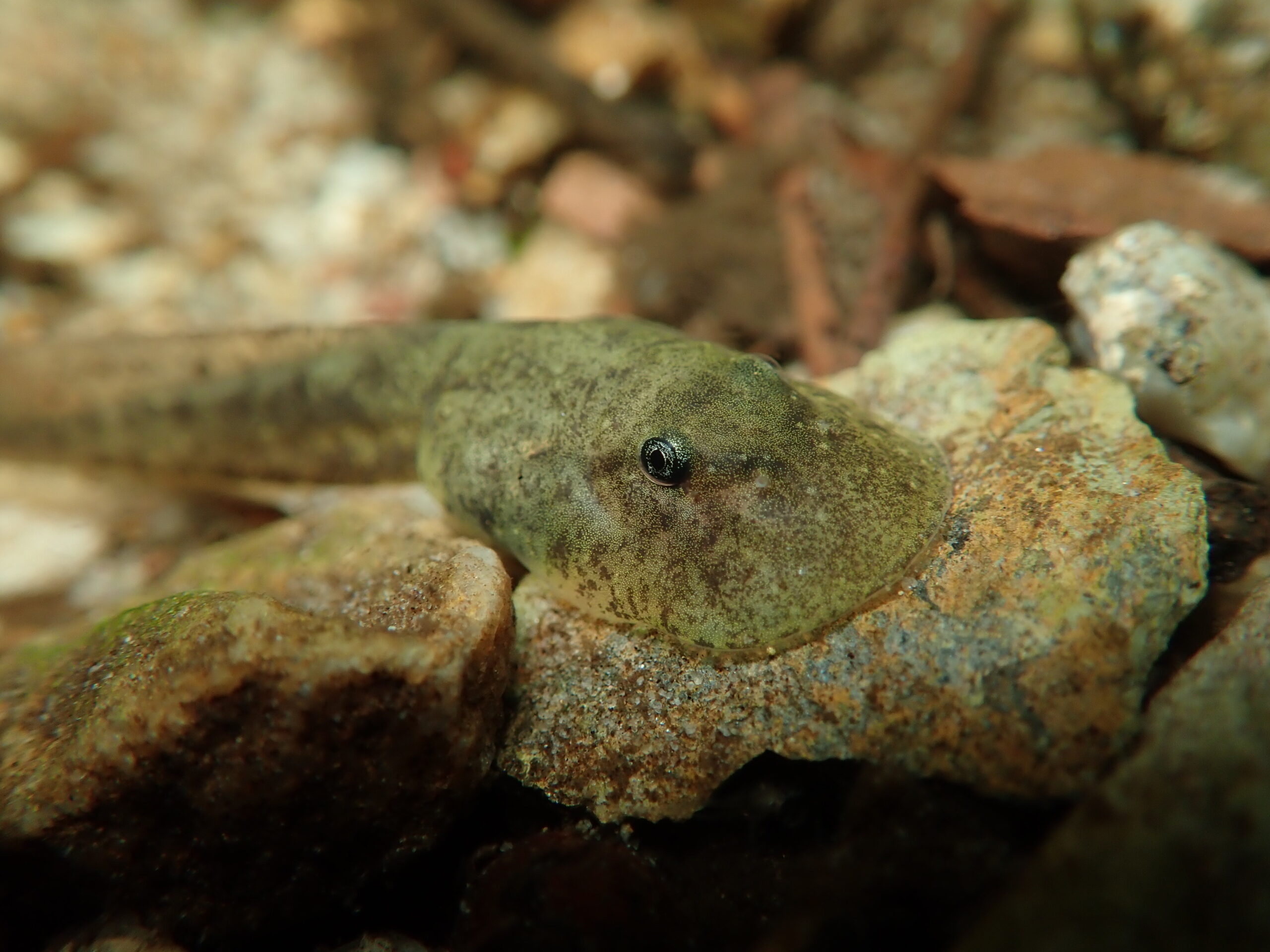
A scary situation
The Table Mountain ghost frog is one of the 50 landmark species at high risk of extinction identified in SHOAL’s Fantastic Freshwater* report. The report published on 19th May 2022 (International Day for Biodiversity). Fantastic Freshwater highlights the diversity and beauty of freshwater species and the immense threats they face to their survival.
The small range of the Table Mountain ghost frog means it is especially vulnerable to disease and invasive species. As well as this, it’s completely dependent on the rocky streams of Table Mountain for survival. Reports suggest approximately 20% of the habitat has been lost over the past 30 years.
The species habitat is threatened by:
- The presence of dams and water storage reservoirs: The Table Mountain ghost frog is an example of a species trying to survive close to a very large city, with the demands the human population places on the freshwater resource.
- High volume of visitors: Table Mountain is a popular escape from the bustling metropolis of Cape Town, with human activity a significant cause of soil erosion in the habitat. Boardwalk construction would reduce bank erosion.
- Alien vegetation: conservation action must include removing alien invasive plant species
The Table Mountain Ghost Frog Action Group formed to investigate the health of the habitat, review threats and establish a plan for conservation, with special emphasis on the Critically Endangered species which relies on the environment for survival.
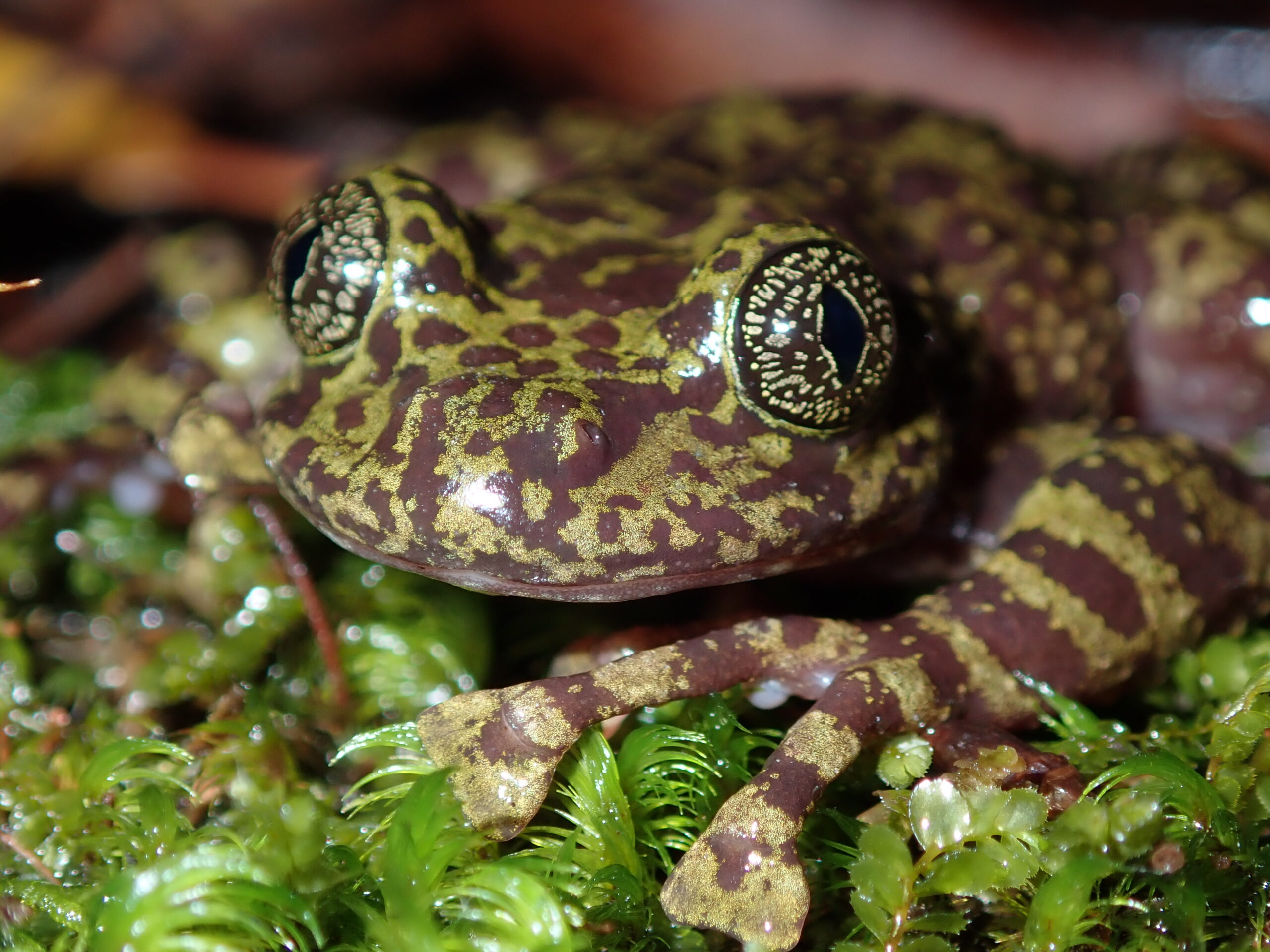
The scary reality is that without action, the Table Mountain ghost frog is at high risk of extinction.
If you want to support the work SHOAL are doing to conserve freshwater species through action-driven conservation donate here. Don’t forget to subscribe to our newsletter The Stream to get all the latest freshwater news straight to your inbox
*The Fantastic Freshwater: 50 landmark species for conservation report is led by SHOAL, the IUCN Species Survival Commission (SSC), the IUCN SSC Freshwater Conservation Committee, and the Global Center for Species Survival at the Indianapolis Zoo.

